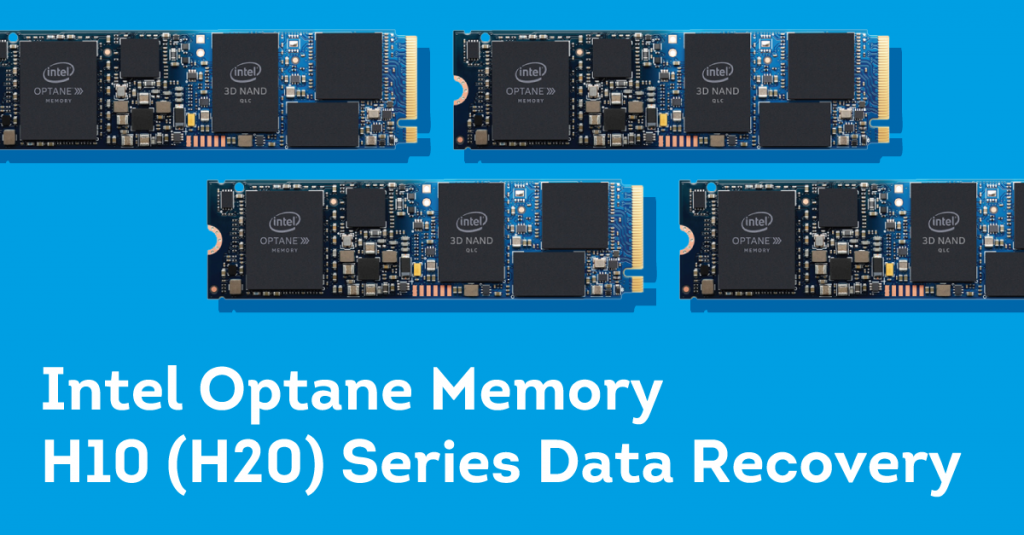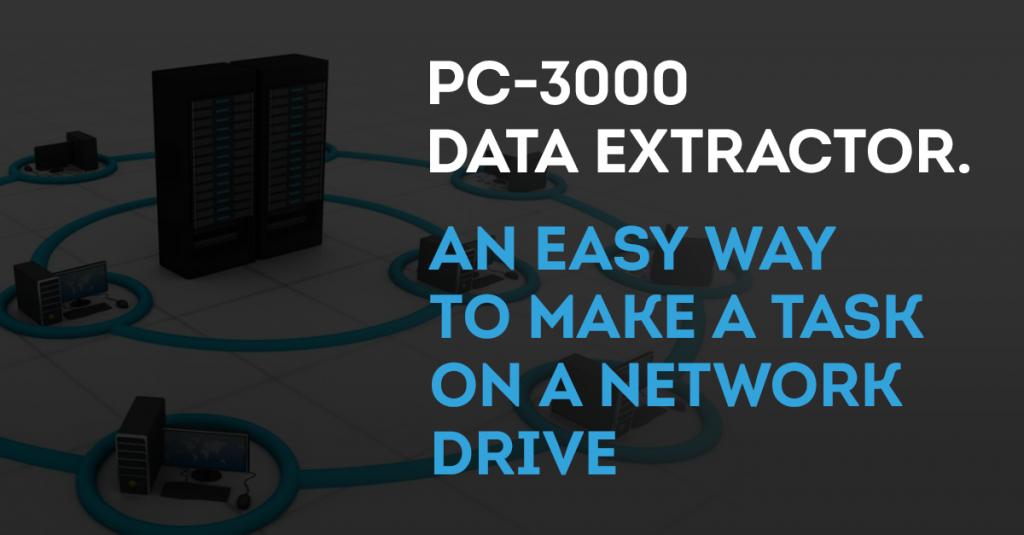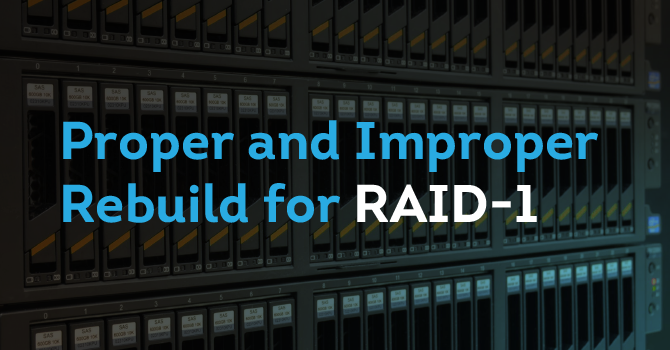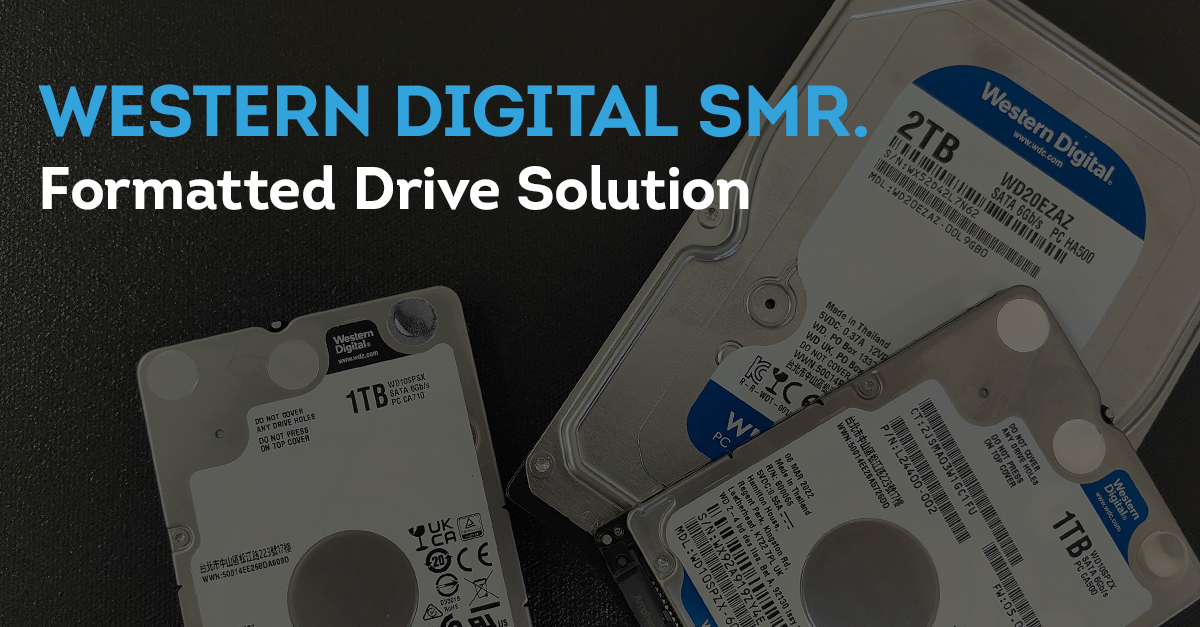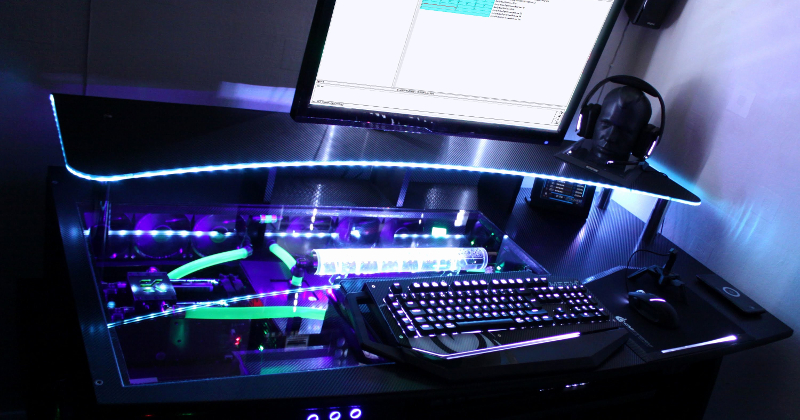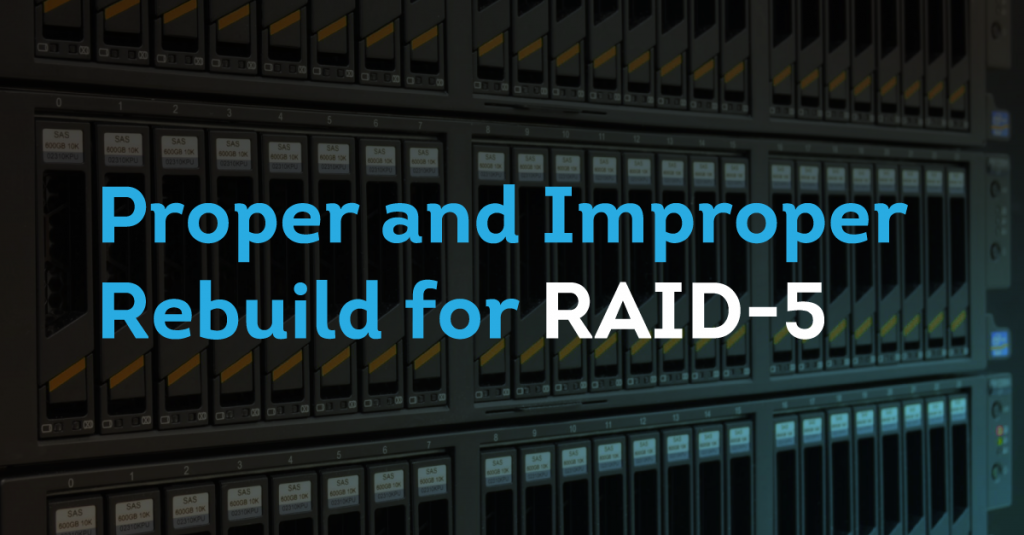
Improper rebuild is a mistake customers often make when trying to solve array problems on their own. This issue is complex enough to confuse a data recovery engineer. It is important to understand exactly what is happening to the data and how it affects the chances of a successful data recovery.
We will look at the most popular level — RAID-5. We will consider how the processes of initialization, correct and incorrect rebuild are performed for it. Furthermore, we will discuss whether it is possible to recover data after an incorrect rebuild.
There can be many variants of incorrect rebuild for RAID-5, in this article we will limit ourselves to just one of them — when the new and old configurations are the same. This is the common case in practice and the easiest to explain and recover data from. Once we have studied it, we can move on to more complex cases in the following articles.
We assume that you have studied the previous article on RAID-1 and understand what we mean by initialization, rebuild, and the nature of the “improper rebuild” problem. So let’s go straight to the specifics of these processes for RAID-5.
Continue reading →






